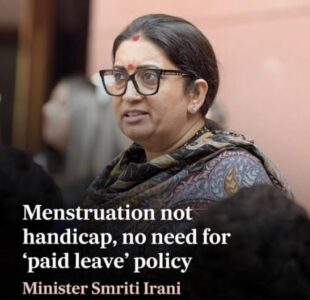Increasing number of brain strokes in Youth
Increasing number of brain-strokes
Stroke is usually thought of as something that happens in older people, but that doesn’t mean adults in their 20s, 30s or 40s are too young either. In fact, an increasing number of not-so-middle-aged people are having strokes as well.
“Stroke in young age is of great public health importance. The incidence has been increasing worldwide for decades,” said Mohamed Teleb, MD, medical director of neurosciences at Banner Desert Medical Center. “According to the National Stroke Association, 15% of all ischemic stroke cases occur in young people – those 18 to 55 years old.”
While you may be in the best shape of your life, if you’re under the age of 55, it’s still important to recognize the warning signs for stroke. Here’s what to know regarding your potential risk and how to recognize the symptoms.
Why do young people have strokes?
There are several factors that can cause stroke in both the young and old, including obesity, hypertension, diabetes and heart disease, but certain lifestyle habits can increase the risk in younger adults as well.
Are the signs for stroke different for young adults?
When it comes to stroke, the most common symptoms are the same no matter your age group. To quickly assess if someone is having a stroke, remember the warning sign acronym BE FAST, which stands for:
B: Balance – Sudden loss of balance
E: Eyes – Sudden changes in vision in one or both eyes (can’t see or seeing double)
F: Face – Sudden weakness on one side of the face
A: Arm – Sudden weakness in one arm or leg
S: Speech – Sudden loss of speech or slurred speech
T: Time – Call 911 if even when one of these problems is sudden or new
A severe, sudden headache that is unlike any other headache you’ve had could also be a sign of a stroke.
Whatever you do, don’t wait to get help—no matter your age. It’s better to be safe than sorry.
Do young people recover better from stroke than older adults?
“Although it is still under investigation, available evidence suggests more chances of a good recovery in younger patients suffering ischemic stroke compared to older populations,” Dr. Teleb said. This may be due to the younger brain’s plasticity or ability to use undamaged brain circuits to take over the function of damaged parts of the brain.
That said, there are many factors that determine how well a person will recover, including the amount of brain damage, whether fast recognition and treatment were delivered in a timely fashion, how the brain was affected, the health of the person before the stroke and timely care and rehabilitation.
“Stroke is a treatable disease and symptoms can be reversed completely; however, it is time dependent,” he added. “This is why early recognition and early treatment are the first steps to treating the stroke, then extensive physical therapy with a specialized rehabilitation center is the key to potential good outcomes.”


Leave A Reply